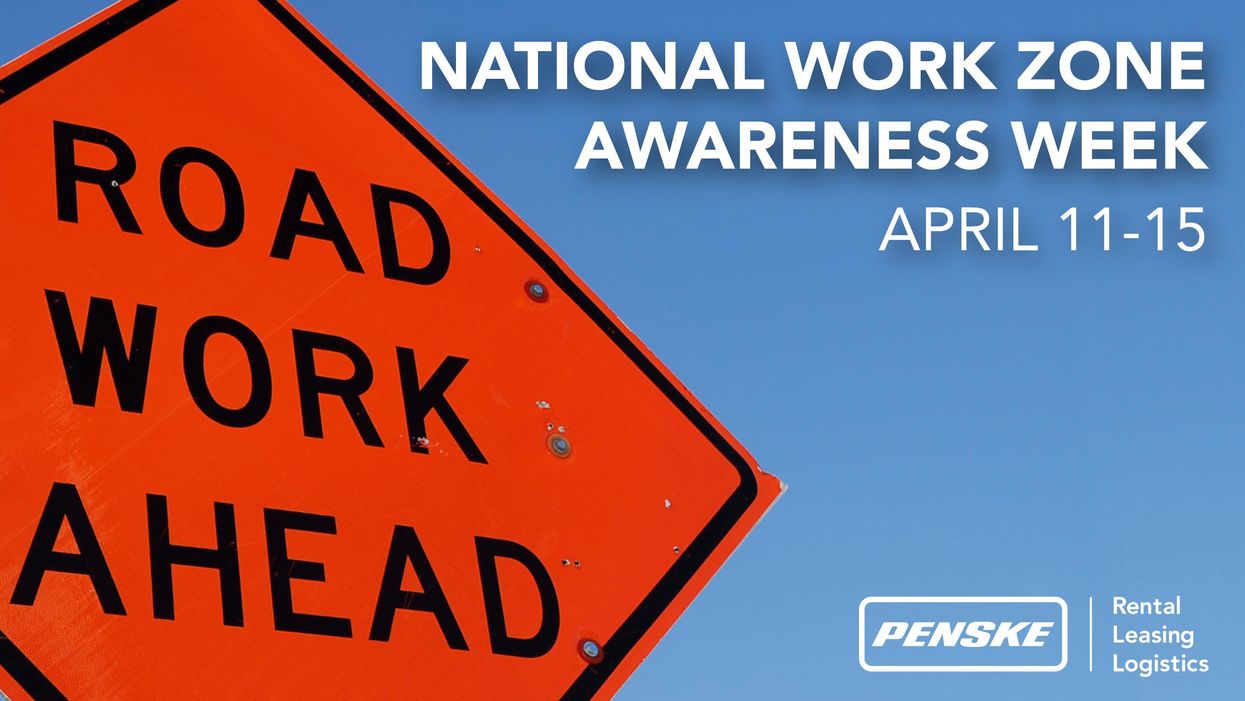
Awareness Campaign Promotes Safety in Work Zones
Construction and maintenance projects are the keys to maintaining the health of the nation’s highways. Yet, these work zones can provide challenges to drivers and road workers alike.
New speed limits, traffic patterns and rights of way, as well as worker and vehicle movement, can all impact work zone safety, putting drivers and workers at risk.
The Federal Highway Administration (FHWA) has designated April 11-15 as National Work Zone Awareness Week to bring attention to work zone safety. This year’s theme is “Work Zones are a Sign to Slow Down."
Preparation begins before sliding into the driver’s seat. The FHWA encourages drivers to research your route before you set out to your destination. Whenever possible, drivers are encouraged to avoid work zones and use available detours.
When traveling through a work zone, the FHWA encourages drivers to keep the following in mind:
- Pay attention to work zone signs that indicate reduced speeds, lane changes and other important information.
- Avoid distractions, including eating and drinking, cellphones, radio, GPS and other passengers.
- Slow down when entering a work zone and keep an eye out for road workers. Lane closures, traffic patterns and reduced speeds are common in work zones.
- Move into the open lane as soon as possible.
- Be mindful of vehicles around you that could be in your blind spot and be careful not to travel in another driver’s blind spot.
- Keep your distance. Rear-end crashes are common in work zones. Maintain extra space between your vehicle and the one in front of you.
In addition, the FHWA has these suggestions when driving large trucks in work zones:.
- Take advantage of your driving height and anticipate braking situations.
- Be prepared to slow down or stop suddenly in a work zone.
- Get into the correct lane well in advance of lane closures.
- Be cautious of motorists racing to get ahead of you in merged areas.
- Be aware of your “No-Zone” areas where crashes are more likely to occur.
For more information on work zone safety, visit the FHWA website.
By “Move Ahead” Staff